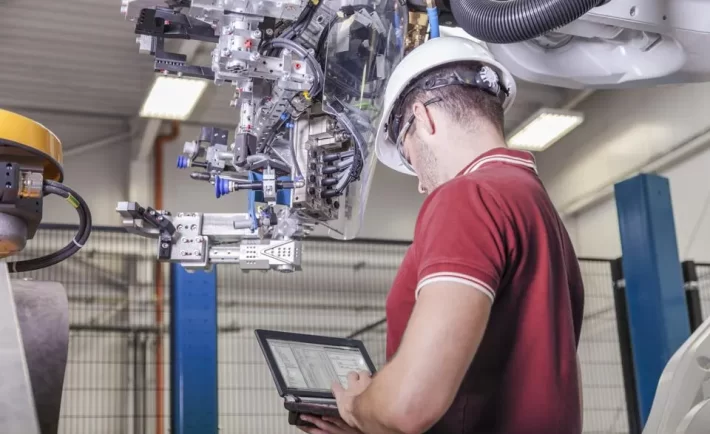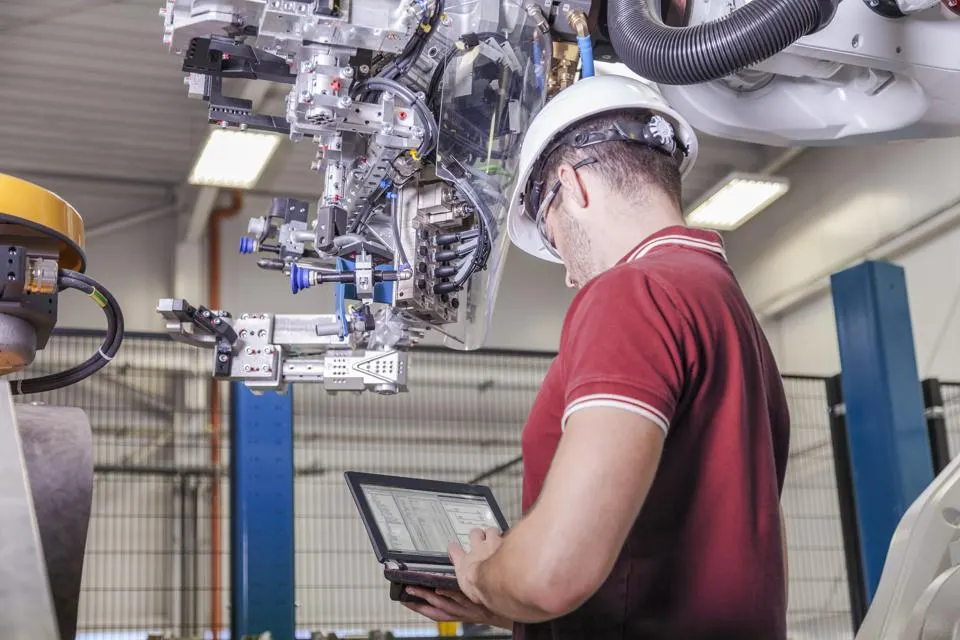
Technology is influencing workplace safety in an extraordinary and essential manner. Implementing advanced technological solutions can significantly reduce workplace accidents, ensure adherence to safety protocols, and create an environment where employees feel secure and protected. Among these protocols, the safety checklist is a pivotal tool, guiding businesses in identifying and mitigating potential hazards.
Furthermore, understanding and complying with safety standards like the NFPA fire extinguisher requirements is critical for enhancing fire safety and preparedness in the workplace. In this article, we explore how innovation bolsters safety measures, including adherence to established safety checklists and NFPA guidelines, and fosters a culture of health and security in the workplace.
Technology As The Guardian Of The Workplace

Workplace safety is a multifaceted issue involving numerous risks, ranging from physical injuries to health hazards. As a guardian, technology comes to the fore by offering tools and systems that help preemptively identify dangers and mitigate incidents.
Wearable Devices For Real-time Monitoring
Wearable technology has become a game-changer in workplace safety management. Devices equipped with sensors worn by employees can continuously monitor their vitals, detect exposure to harmful substances, or track their location in case of emergencies. For example, wristbands or badges can alert workers if they are too close to hazardous machinery or entering a restricted area, enabling immediate corrective action to prevent accidents.
Robotics And Automation For Dangerous Tasks
Another leap forward is using robots and automated systems to perform high-risk tasks. Heavy machinery, toxic material handling, and precision work can all be assigned to robotic systems designed to operate in environments that would be unsafe for humans. This keeps workers safe and increases efficiency and accuracy in tasks requiring a high level of consistency.
Data Analytics For Predictive Safety
Big data and analytics are invaluable tools for predictive safety in the workplace. By analyzing data points from various sources—including incident reports, sensor data from equipment, and employee health monitoring—organizations can predict potential safety issues before they occur. This preemptive approach means companies can take steps to prevent accidents rather than simply respond to them, fundamentally shifting the approach to workplace safety.
Augmented Reality (AR) For Safety Training
Safety training is more effective when it’s interactive and engaging. Augmented reality makes this possible by simulating real-world scenarios where employees can practice responding to emergencies without the actual risk. This method of training not only keeps employees safer during the learning process but enhances their ability to act correctly during actual emergencies.
Artificial Intelligence (AI) In Emergency Response
When an emergency does occur, a rapid response is crucial. AI-powered systems can immediately analyze the situation, guide employees to safety, and even inform first responders with critical information about the incident. AI can manage a complex information network, like identifying the safest evacuation routes in case of fire or locating individuals within a building, ensuring maximum safety and organization during chaotic situations.
The Internet Of Things (IoT) For Environmental Monitoring
The IoT connects various sensors and devices within a workplace to monitor the environment continuously. This constant surveillance can detect everything from gas leaks to structural weaknesses in buildings, providing workers and management with up-to-the-minute information crucial for maintaining safety. Routine checks that would once require manual labor can now be automated, reducing workers’ exposure to potentially unsafe conditions.
Cultivating A Culture Of Safety

Beyond these specific applications, the greatest impact of technology on workplace safety may be cultivating a culture that prioritizes worker health and well-being. By demonstrating a commitment to employing the latest safety innovations, employers send a strong message to their workforce that they are valued.
More broadly, integrated safety technologies foster an environment where employees are continually made aware of—and contribute to—their own and their colleagues’ safety. This collective vigilance builds a stronger and more coherent safety culture within organizations.
Conclusion
Integrating technology in workplace safety is essential for preventing injuries and ensuring a secure environment. Technology provides proactive solutions against hazards. Businesses must adapt to new tech advancements in safety protocols to protect employees and enhance efficiency. Technological progress ensures the ongoing evolution of workplace safety for confident and protected employees. Focusing on safety through emerging technologies leads to healthier workers, stronger businesses, and a society valuing workforce well-being.




